When it comes to buying a real Christmas tree it’s easy to to feel confused. So I have created my ultimate guide to choosing, caring for, decorating, and disposing of your Christmas tree to make the process a little bit easier. Enjoy!
Choosing a Christmas tree is a great activity to do with all the family on a chilly winter’s day. Wrap up warm and head to your local Christmas tree farm or garden centre to find your perfect tree.
Choosing your tree
There are two main varieties of tree that are sold here in the U.K. and I have outlined the benefits to both below:
Norway Spruce
- Wonderful pine smell
- Grows quickly so is usually the cheapest
- Traditional Christmas tree size and shape
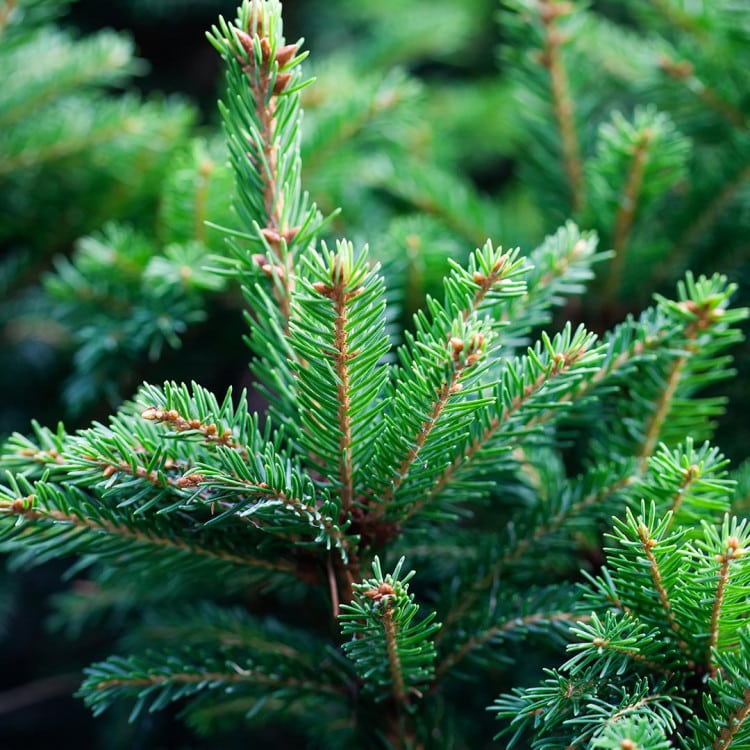
Nordmann Fir
- Reduced needle drop
- Thicker leaves for a fuller looking tree
- Softer leaves with a silver underside
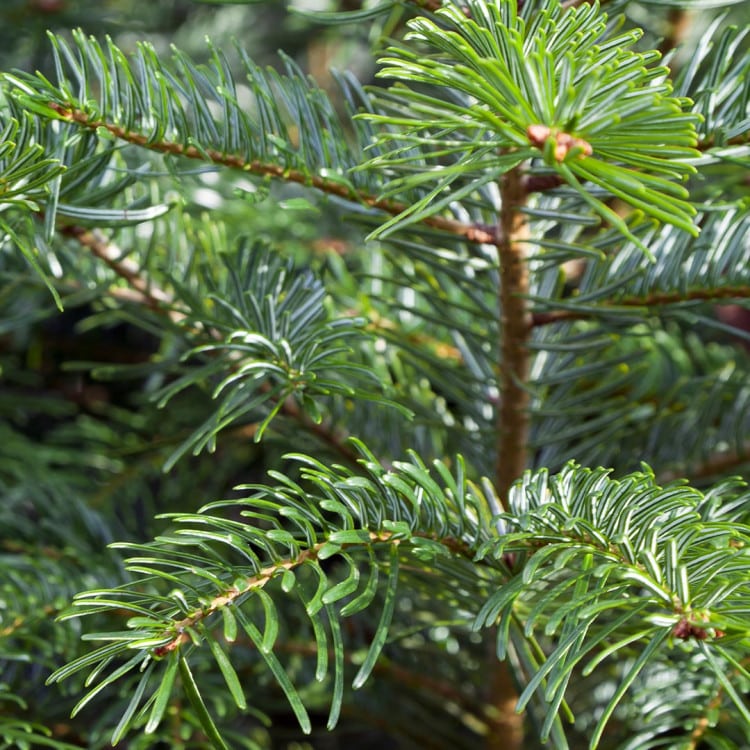
The Four Fs to check before you buy:
Freshness
Lift up your tree and check the weight; the heavier the tree, the more water it has and the fresher it will be. You can also bump it slightly against the ground and make sure it holds onto its needles.
Fullness
Stand back and check the tree from all angles to make sure there aren’t any gaps and don’t buy a tree that has already been netted.
Foot
There should be adequate room at the bottom of the tree so that you won’t have to remove any branches to get it into the stand.
Fit
Take the measurements of your space and find a tree that will easily fit – attempting to prune a tree into the space you have will never look quite right. Remember that both your stand and treetop decoration will add height to your tree.
Never buy a tree that has already been netted as you have no idea what it will look like once you remove the net
Caring for your tree
Once you have chosen your tree and got it home, it’s time to get it in position. Leave your tree in its net and get it into the stand outside first to ensure minimal mud on the carpet! Before you put it in the stand, saw an inch or so off the end or score the bark so your tree will be able to take in water more efficiently. Then remove the net and give the tree a shake to get rid of loose needles.
Move your tree into place indoors, and adjust the stand screws as necessary. Make sure your tree is near a plug socket and isn’t blocking any pathways or light. Caring for your tree properly once you have it home is really imporatant, as it will keep it looking fresher for longer, and reduce the amount of needle drop on
your carpet.
Now it’s time to get that Christmas music blaring, put the kettle on for a hot choccie, and bring out the decorations!
Temperature
Fir trees are used to living outdoors in cold environments, so the move to your cosy living room can be a shock to the system. Try to ensure the tree isn’t near any heat sources such as radiators, or near a large south-facing window. Using LED lights rather than older incandescent bulbs will also reduce the amount of heat your tree has to put up with.
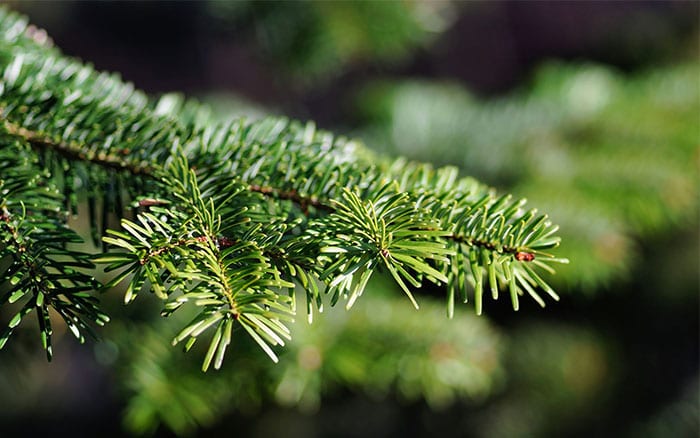
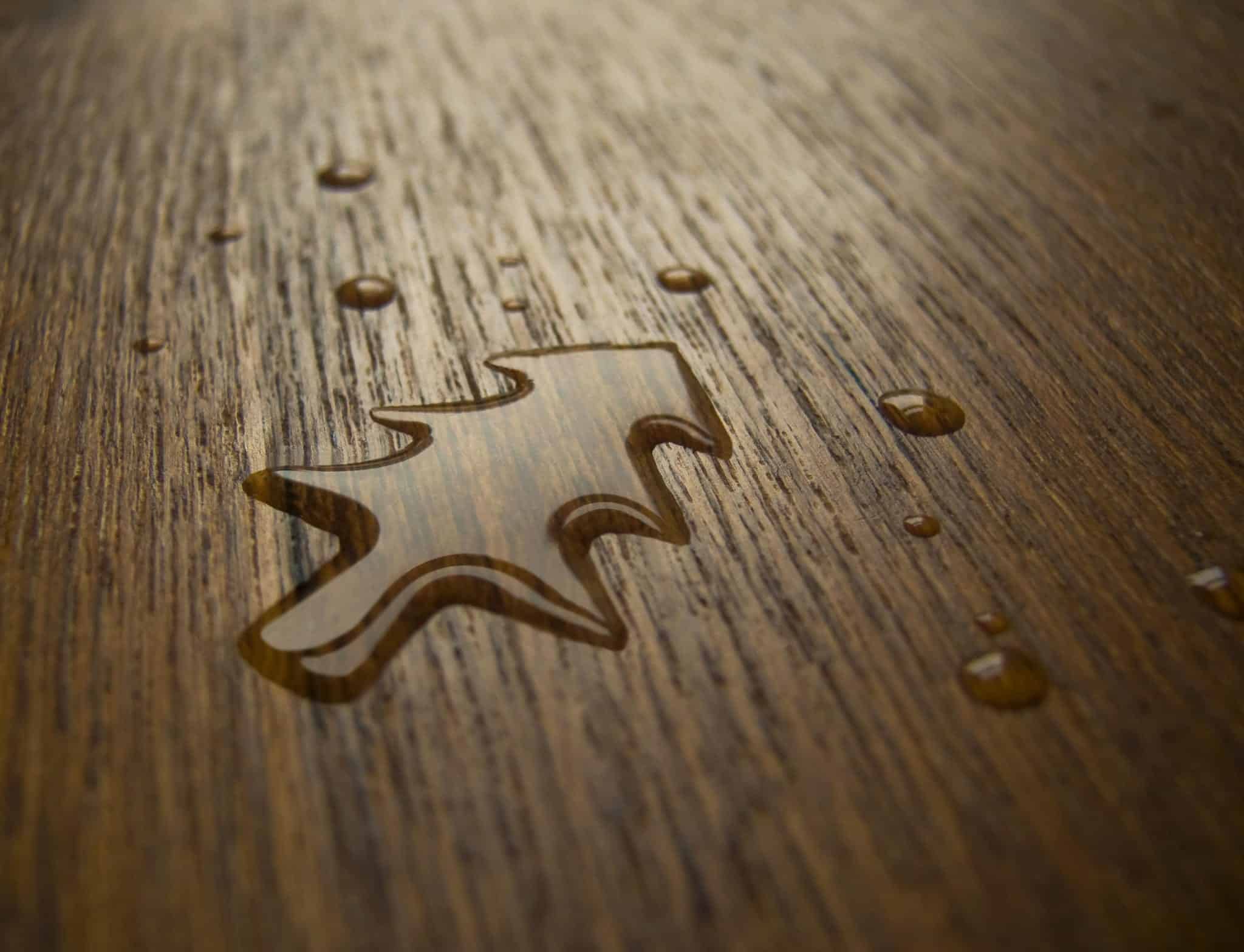
Water
In the first week or so, give your tree plenty of water while it adjusts. An average sized cut tree can drink up to two pints a day and you can boost your tree even more by mixing in a couple of spoonfuls of sugar with the water. You can also use cheap full fat lemonade to this effect. Keep a reservoir of water in the Christmas tree container and check daily to keep it topped up. Don’t use fertiliser as this is designed for plants with roots and won’t benefit your cut tree. If you have a tree that is in a pot with soil, make sure the soil is consistently moist, but not sodden.
If your New Year’s Resolution is to get a little greener, then here is a great place to start! You’ll soon find out how simple it is to re-use, repurpose and recycle.
Disposing of your tree
Recycling your tree after Christmas is over is really important for helping the environment, as many trees end up in landfill. Luckily, with real Christmas trees there are several ways we can dispose of them easily that won’t harm the environment, and I have outlined the best methods below.
Recycling
Your local council may well run a Christmas tree recycling scheme, or there may be a charity running a scheme nearby. When buying your tree you can also ask at the garden centre or farm you went to if they are able to take back your tree and recycle it for you. Some councils will even offer kerbside collection, so check online for your local regulations first of all.
Trees can also be cut up and put with your green recycling, or taken to a household waste recycling centre. With so many recycling options here, there really is no excuse for putting it in your general waste!
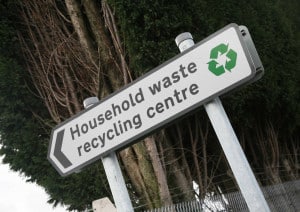
Composting
You can break your Christmas tree down and add it to your compost heap, but bear in mind that it will take a very long time to break down. You can also shake off the needles and use them as a protective mulch over your soil – they’ll decompose slowly adding nutrients and insulating your soil.
Upcycling
You can also chop the tree up and use the wood for firewood, or to make some lovely wooden coasters. Use a saw to slice up the trunk, and then sand down your coasters before staining and sealing before use.
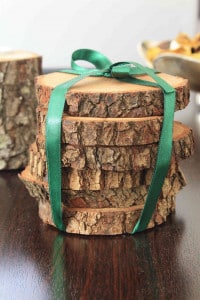
Planting out
If you bought a living tree in a pot with soil, you can plant it out into the garden after Christmas. If you plan on doing this, the key to success is buying a ‘container-grown’ tree to begin with. This will ensure the least amount of root damage.
Step One
Acclimatise the tree first by gradually moving it outdoors during the daytimes and back inside at night, or moving it to a garage or greenhouse for a few weeks.
Step Two
Choose a dry mild day to plant out and water the pot well so you can easily slide the tree out. Dig a planting hole slightly wider than the root ball.
Step Three
Plant your tree into the hole, pressing down lightly on the soil with your heel and watering in well. Don’t attempt to bring the tree back inside again next year as it won’t survive another temperature change.

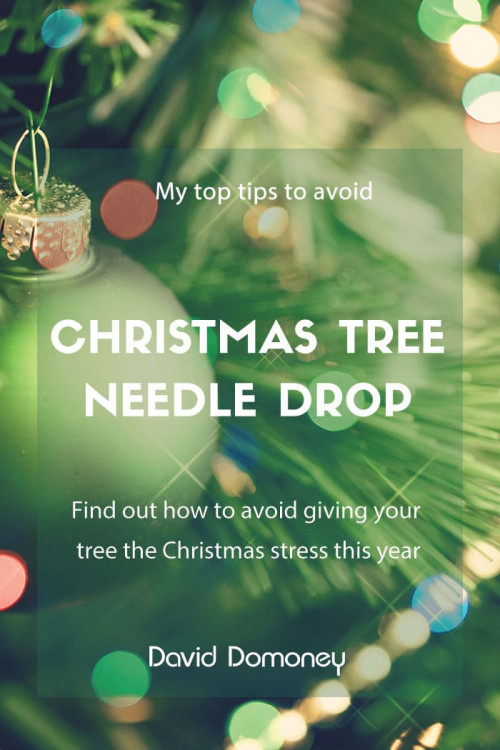

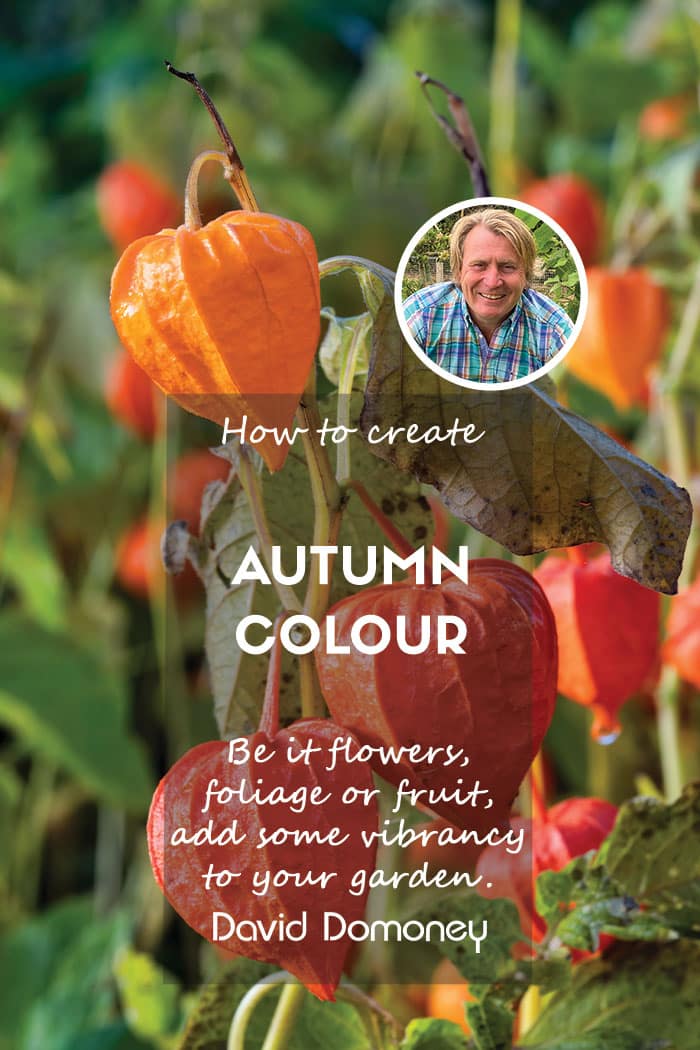
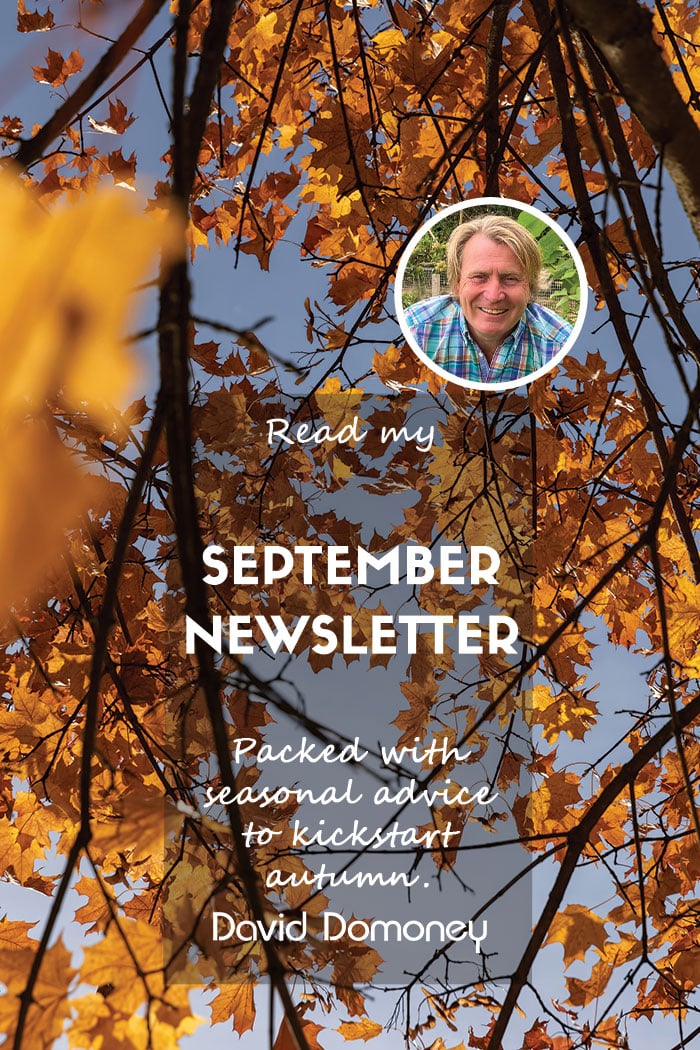
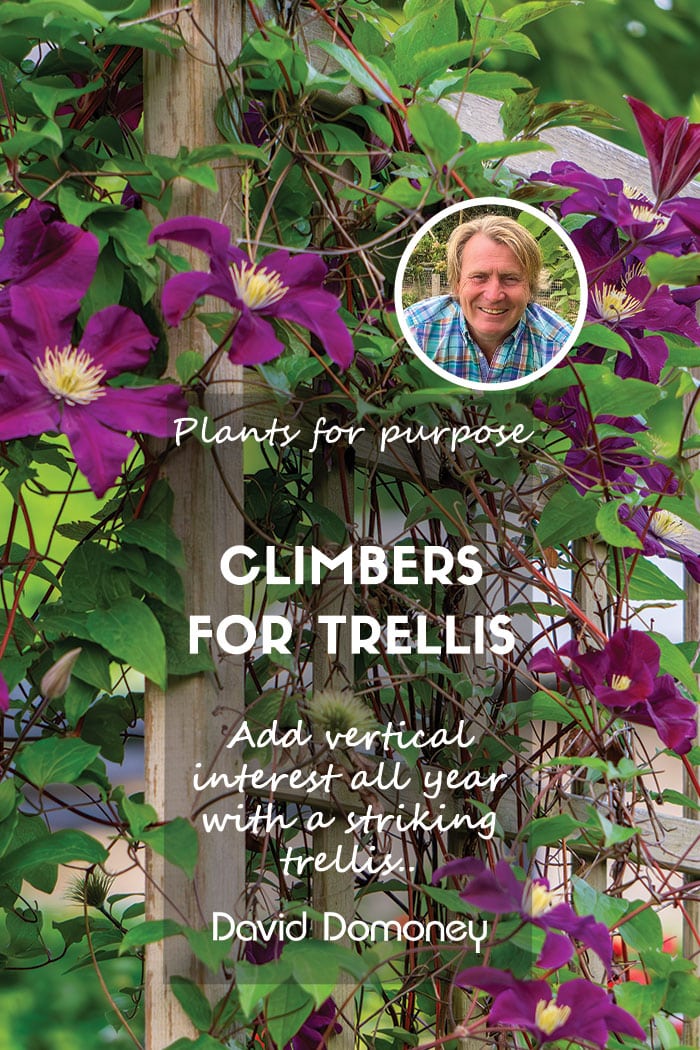
Leave A Comment